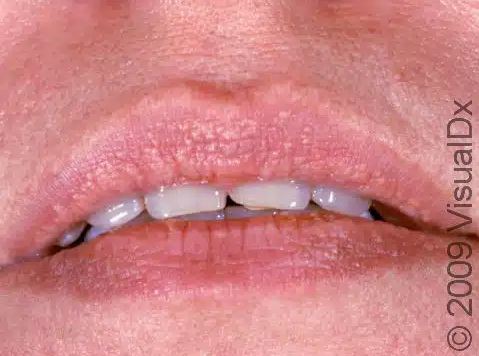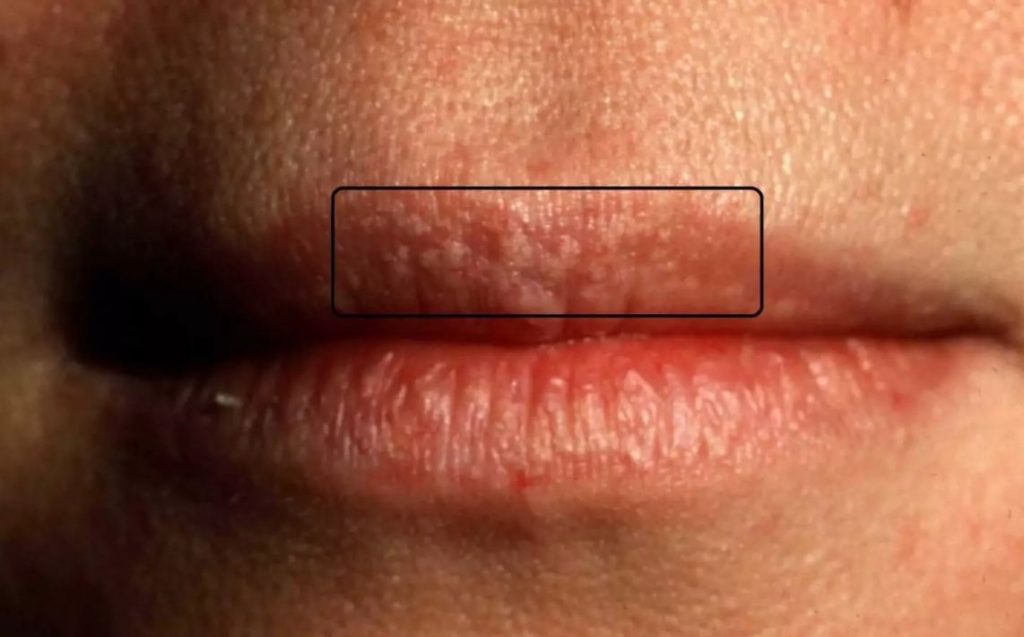Many people may notice small white or yellowish bumps on the genital area and feel alarmed, wondering whether these are signs of infection, illness, or hygiene issues. However, in most cases, these bumps are perfectly harmless and represent a natural anatomical variation. Understanding what they are, why they appear, and when to seek medical advice can ease anxiety and guide you toward confident self-care.
What These Bumps Often Are
The bumps commonly visible in the genital area are known as Fordyce spots. These are sebaceous (oil) glands that, in many skin regions, reside beneath hair follicles and go unnoticed. In areas with no hair, these glands may become more visible, appearing as tiny pale, yellowish, or white raised dots. They are a normal feature of the skin for many individuals and are not linked to any disease, infection, or sexual transmission.

Clearing Up Misconceptions
Because Fordyce spots may look unfamiliar, people often mistake them for warts, pimples, herpes, or clogged pores. But they differ in several critical ways:
- They are not contagious and cannot be passed between people.
- They do not result from poor hygiene or sexual activity.
- They do not itch, hurt, or cause discomfort in most cases.
- They do not tend to spread or worsen over time.
- Attempting to squeeze or pick them can irritate surrounding skin, cause scarring, or result in changes to skin texture. It’s best to resist manipulating them.
When Do They Become Visible?
Fordyce spots are present from birth but often become more noticeable during puberty. Hormonal changes can increase oil production, causing sebaceous glands to expand or come closer to the skin’s surface. Genetics, hormone levels, and individual skin type all play a role in how prominent these spots may become. Because they are not influenced by hygiene or diet, they cannot be prevented or eliminated by topical cleansers or lifestyle changes.
Will They Disappear?
Over time, many people notice the prominence of Fordyce spots diminishes somewhat. Changes in hormones, aging, and variations in skin activity may cause the spots to become less obvious. However, in most cases they do not vanish entirely. Some individuals may experience more visible spots during hormonal fluctuations, such as puberty or changes in health status. Nonetheless, if you observe any changes—like rapid growth, irregular shape, pain, or itching—a medical evaluation is warranted. Some other skin conditions or lesions can resemble Fordyce spots, so a dermatologist or healthcare provider can help distinguish them.
Are Treatments Needed?
Because Fordyce spots are harmless and asymptomatic, most medical professionals recommend leaving them alone. Treatment is usually considered only for cosmetic reasons, based on individual preference. Options may include:
- Laser therapy
- Micro‐punch surgery
- Topical creams or treatments formulated for sebaceous gland reduction
It’s important to note that results vary, and in many cases spots can reappear even after treatment. There’s also risk of scarring, skin discoloration, or irritation. Thus, any cosmetic intervention should be considered carefully in consultation with a dermatologist.
When to Consult a Professional
You do not need medical attention merely because you have these bumps and no other symptoms. However, it’s wise to see a doctor if:
- They change in size, color, or shape
- You experience itching, pain, or discomfort
- There is bleeding, ulceration, or rapid development
- You are uncertain about what the bumps are
A dermatologist can perform a simple visual examination and, if needed, a biopsy or further tests to rule out other skin conditions like genital warts, cysts, or growths.

Conclusion
Fordyce spots are a common and benign feature of human skin. They are not a sign of disease, they don’t interfere with sexual or reproductive health, and usually require no treatment. Accepting that skin varies from person to person can help reduce undue worry. If cosmetic concerns persist, discussing your options with a qualified specialist can help you weigh benefits and risks.

















